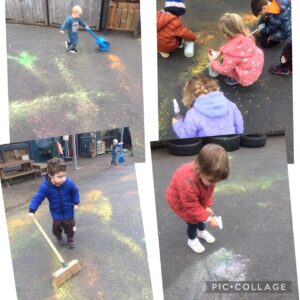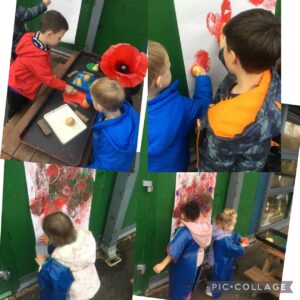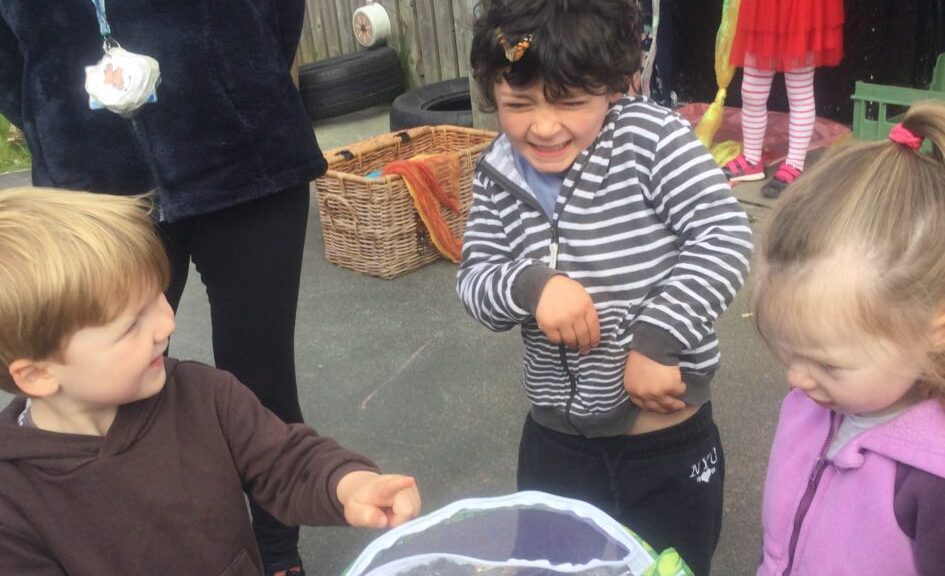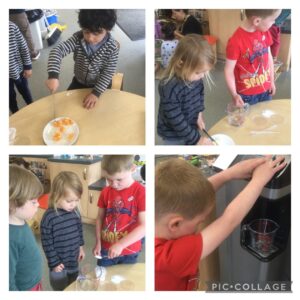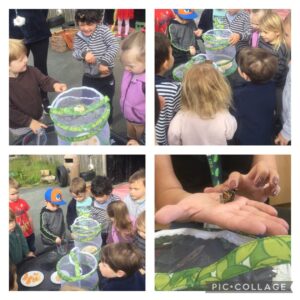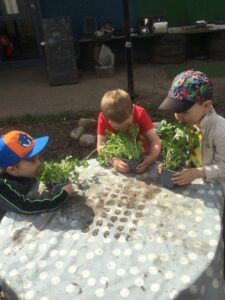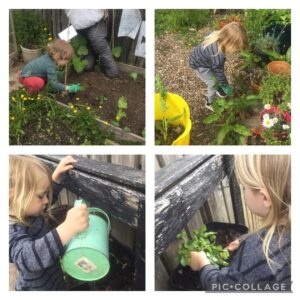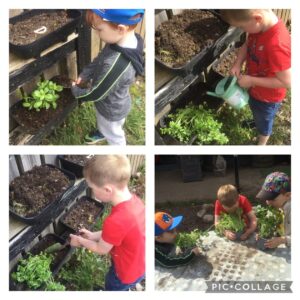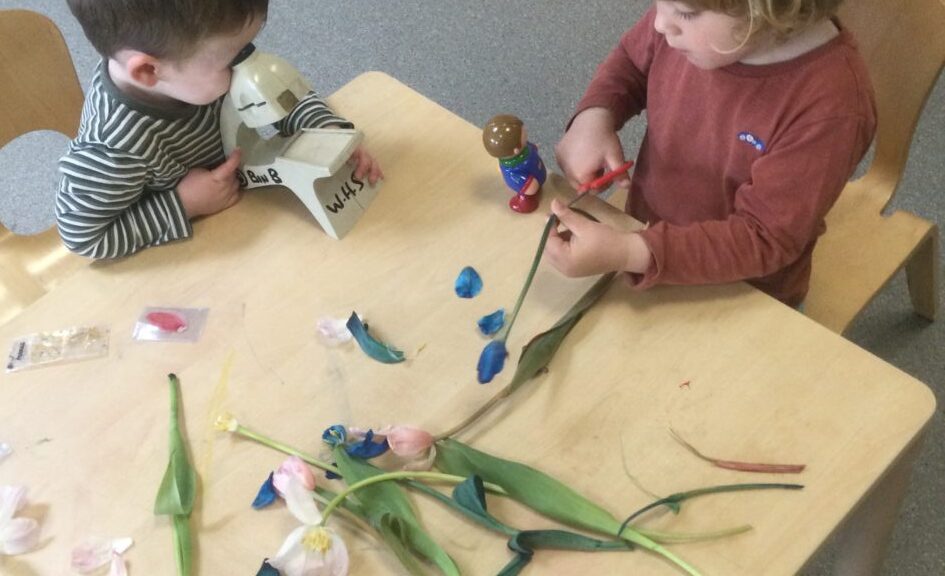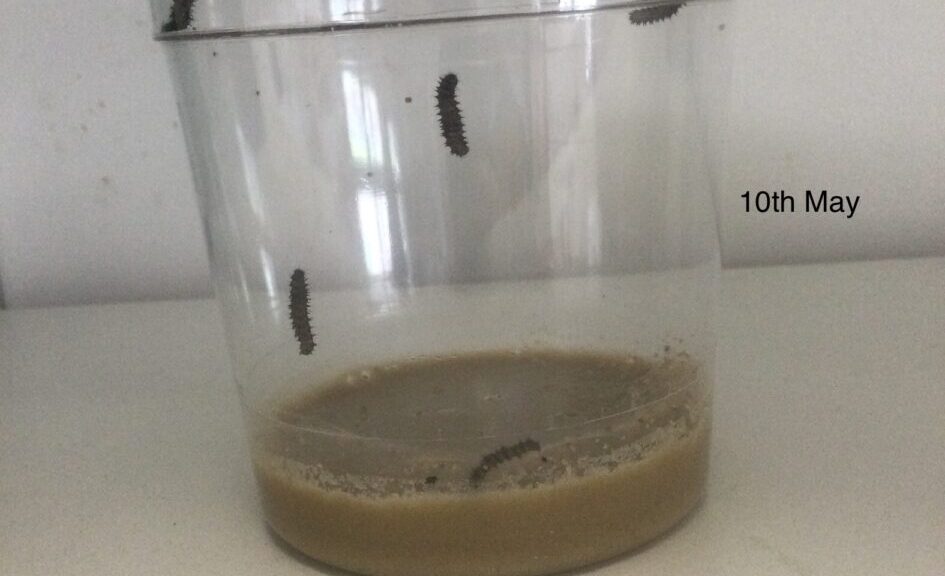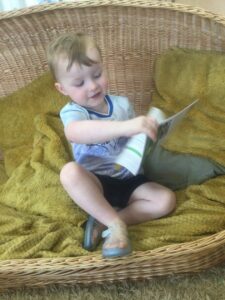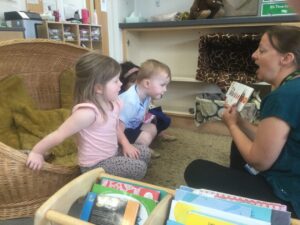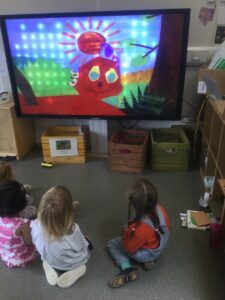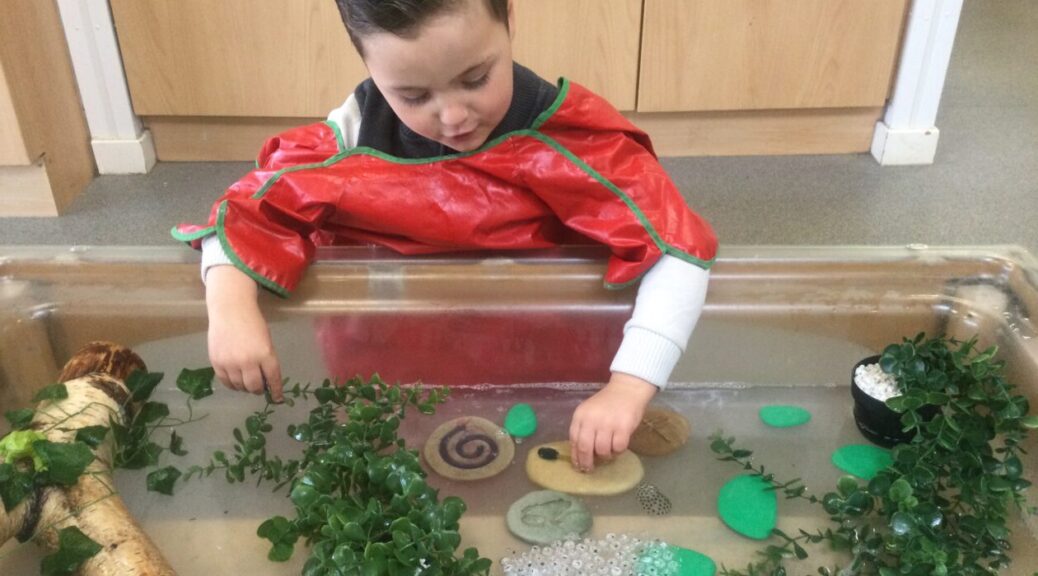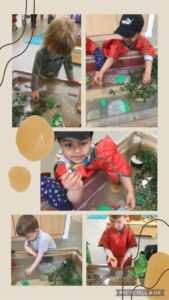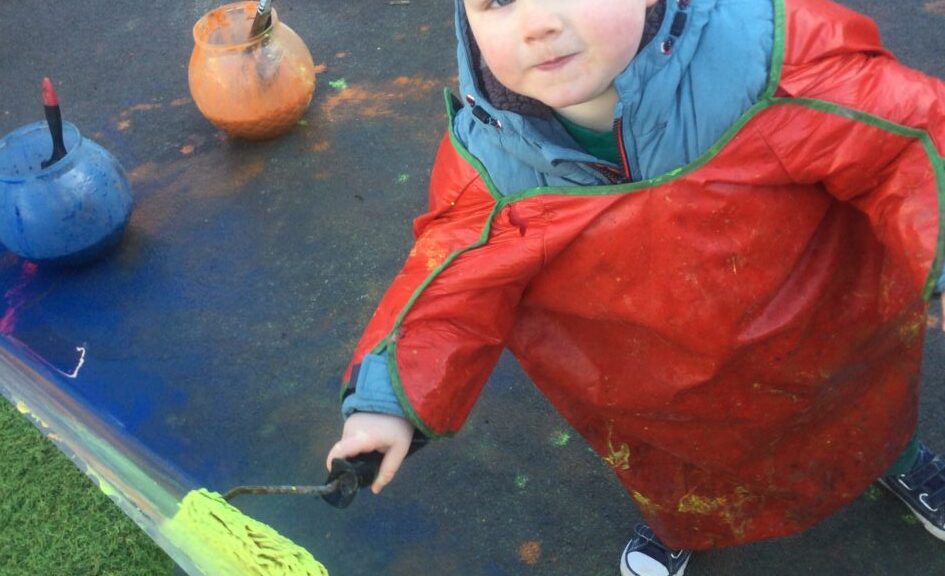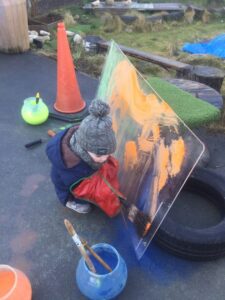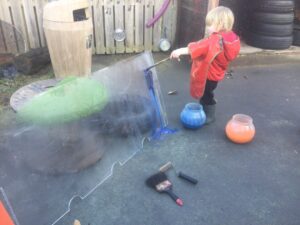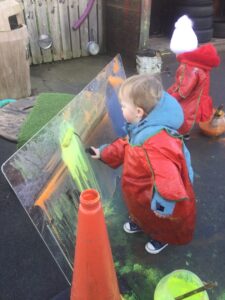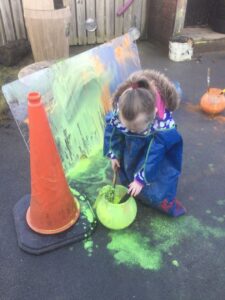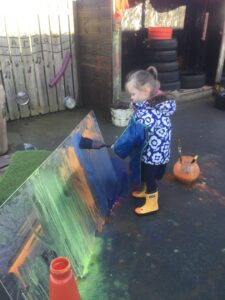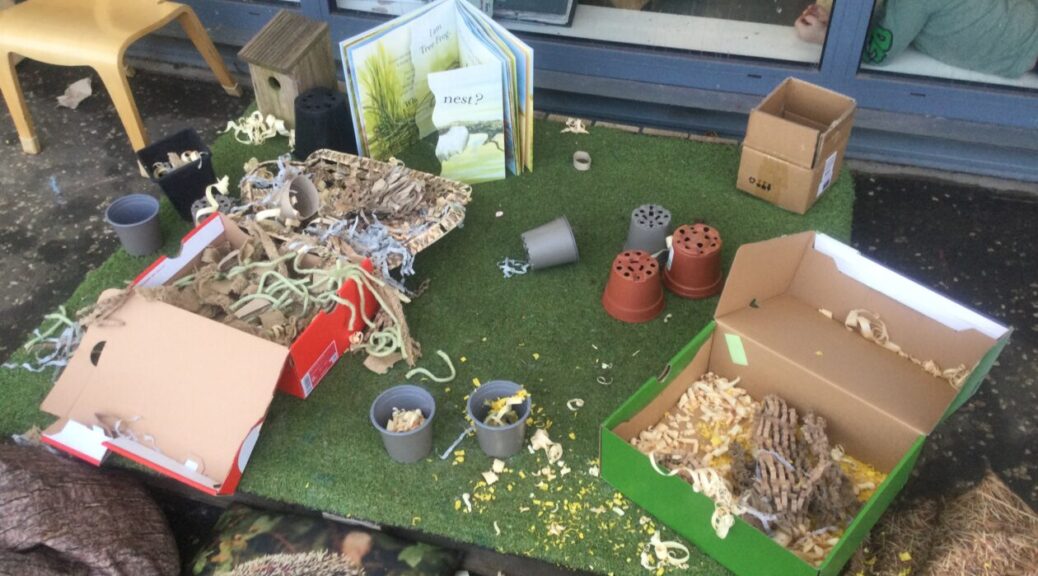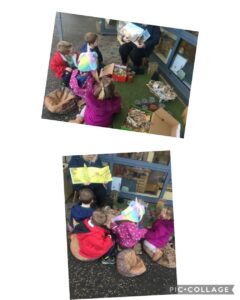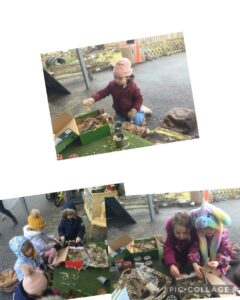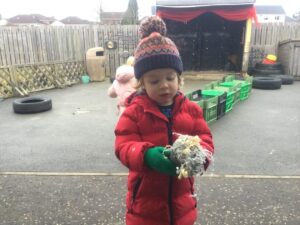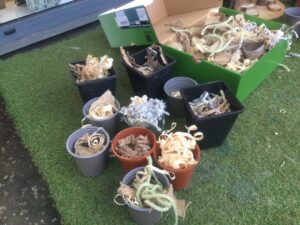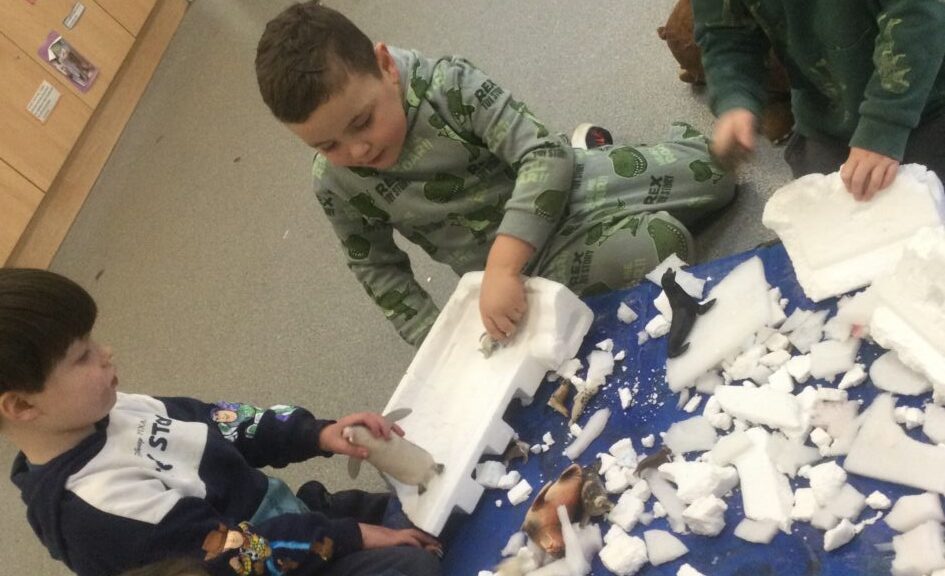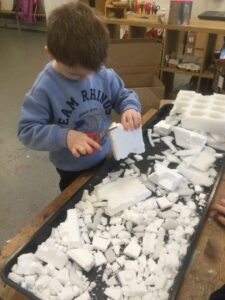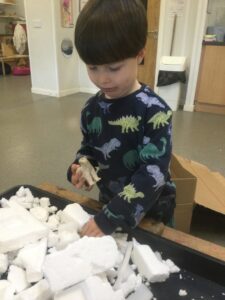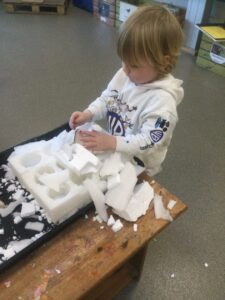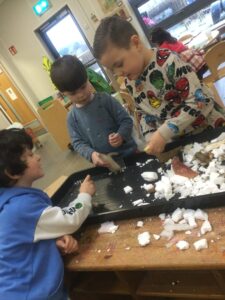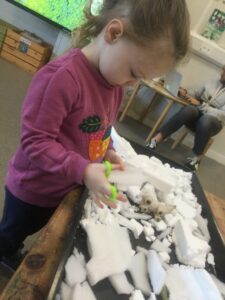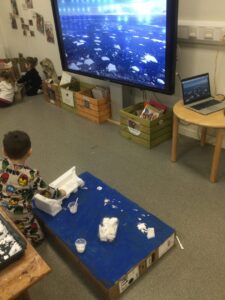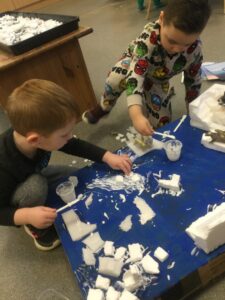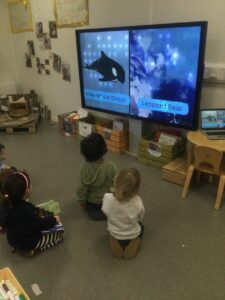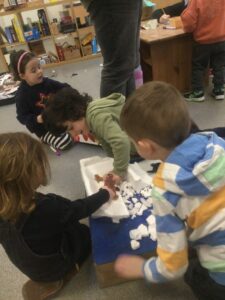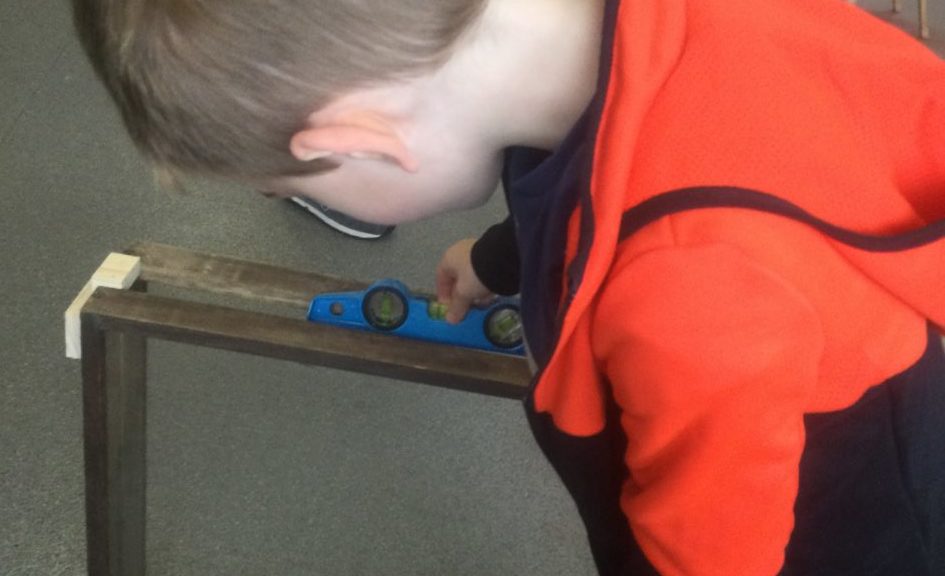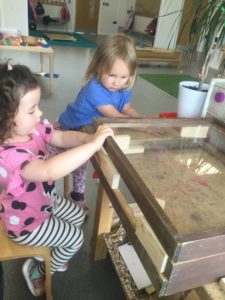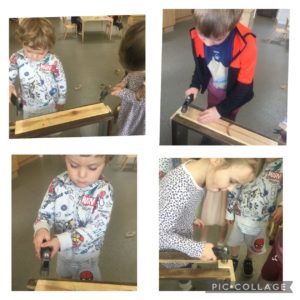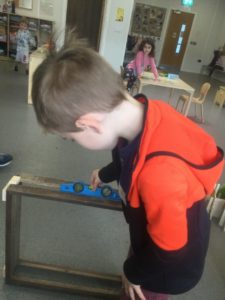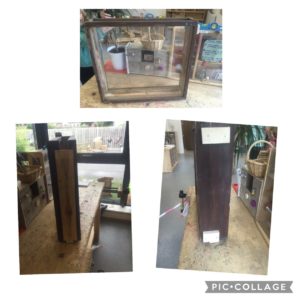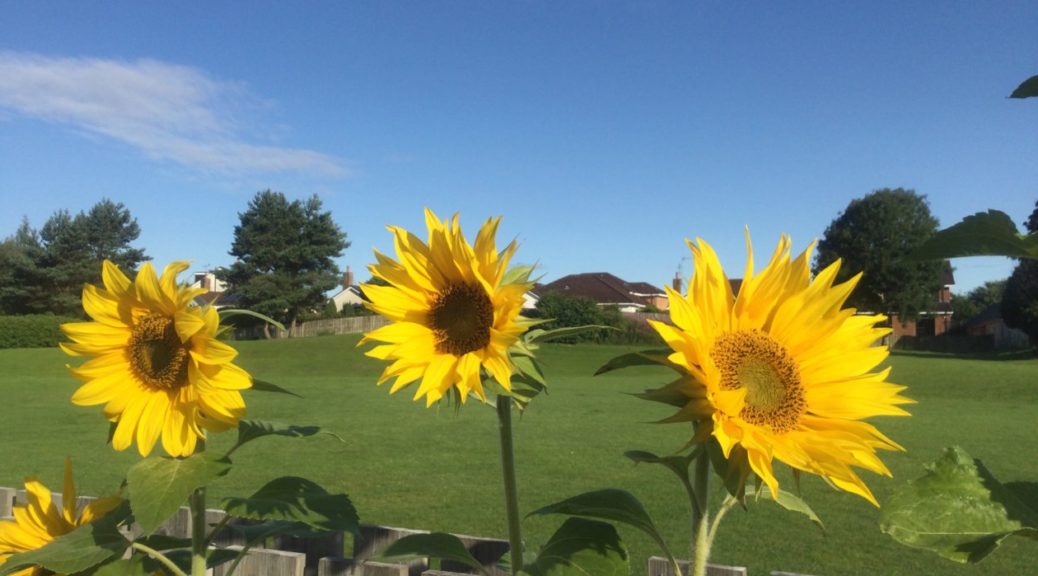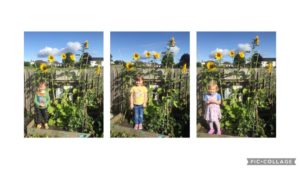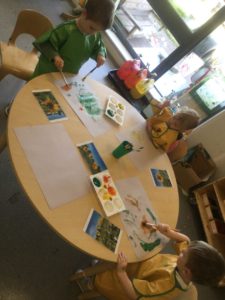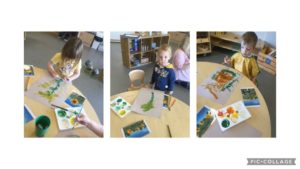In the science area we have been learning all about the life cycle of plants.
We have been noticing lots of dandelions growing in our gardens, so we decided to take a closer look at the dandelion and discover more about the plant.
First we observed the different stages of the plant in our glass box. Some of us were keen to share what we already knew about dandelions.
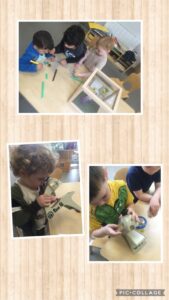
“I’ve got dandelions in my garden”
“We can make a wish”
“They grow in the ground”
“They have yellow flowers”
After further discussion, some of us were able to name different parts of the plant. To develop our knowledge further, we then looked at the petals and seeds up close under the microscope and through the magnifying glass.
“ They are hairy!”
As mini scientists, we have been busy carrying out some different experiments to discover more about the plant.
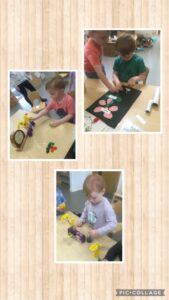
Experiment 1
We wanted to see if we could change the colour of the dandelions?
We place a few dandelions in different coloured water to see if they would change.
The dandelions remained bright yellow but maybe there are other flowers we could try?
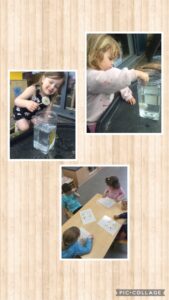
Experiment 2
Are the fluffy dandelions seeds water resistant?
To investigate, we dipped the dandelions seed heads into the water and watched as the seeds repelled the water and puffed back into a ball when gently taken back out the water.
This must help to protect the seeds when it rains.

Experiment 3
Extracting the yellow colour from the petals to make yellow playdough.
We picked a big bunch of dandelion flowers from the garden then picked off the yellow petals and placed them into the pestle and mortar. We ground them a little before placing in a jar with nail varnish remover. After a few shakes of the jar the liquid became yellow. We later added this to our playdough.
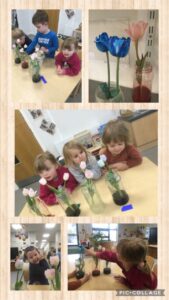
“I’ve got tulips in my house”
Experiment 4
We wanted to see if we could change the colour of some white tulips.
We placed a few cut tulips in different coloured water to see if their petals would change. We watched in amazement as the petals in the blue water started to turn blue. As we observed the tulips more we discussed how the flower is having a big drink and absorbs the coloured water, the water travels up the stem and starts to change the colour of the petal.
“They drank the water.”
“Only mine has turned blue.”
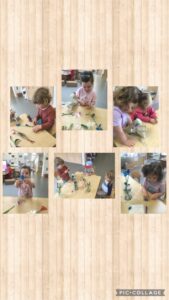
Today we have been having a closer look at the tulips. We picked a petal off the flower and trapped it between a piece of plastic to make a slide for the microscope. The colour dye has shown up all the veins in the petals really well. Using the microscope we were able to see the finer details in the petals.
“It’s got lots of lines”
“ I like the blue one it’s so blue”
We then dissected the flower to discover more. Inside the flower we found the stigma and anther with its pollen. These are all new words for the children. We talked about how the bee collects the pollen to feed their young and help to pollinate the flowers. We cut up the stems of the flowers that were in coloured water and found that the red and blue colour was all the way up the stem.
”I’m cutting off the stem.”
“It’s sticky and gooey.”
“This looks like blood”
As we chatted away it got the children thinking and asking more questions.
The flowers in the green water did not change colour I wonder why? “Maybe it only drank a little water” or “ maybe because the stem is already green.”
Why did the one in the water not change? “Because it was just in white water”.
“Where are the bee’s?”
The children have really enjoy taking part in the various experiences in our science area. I wonder were their new found knowledge and interests will lead us to next.
Article 13 – I have the right to find out and share information
Article 28 – I have the right to an education

